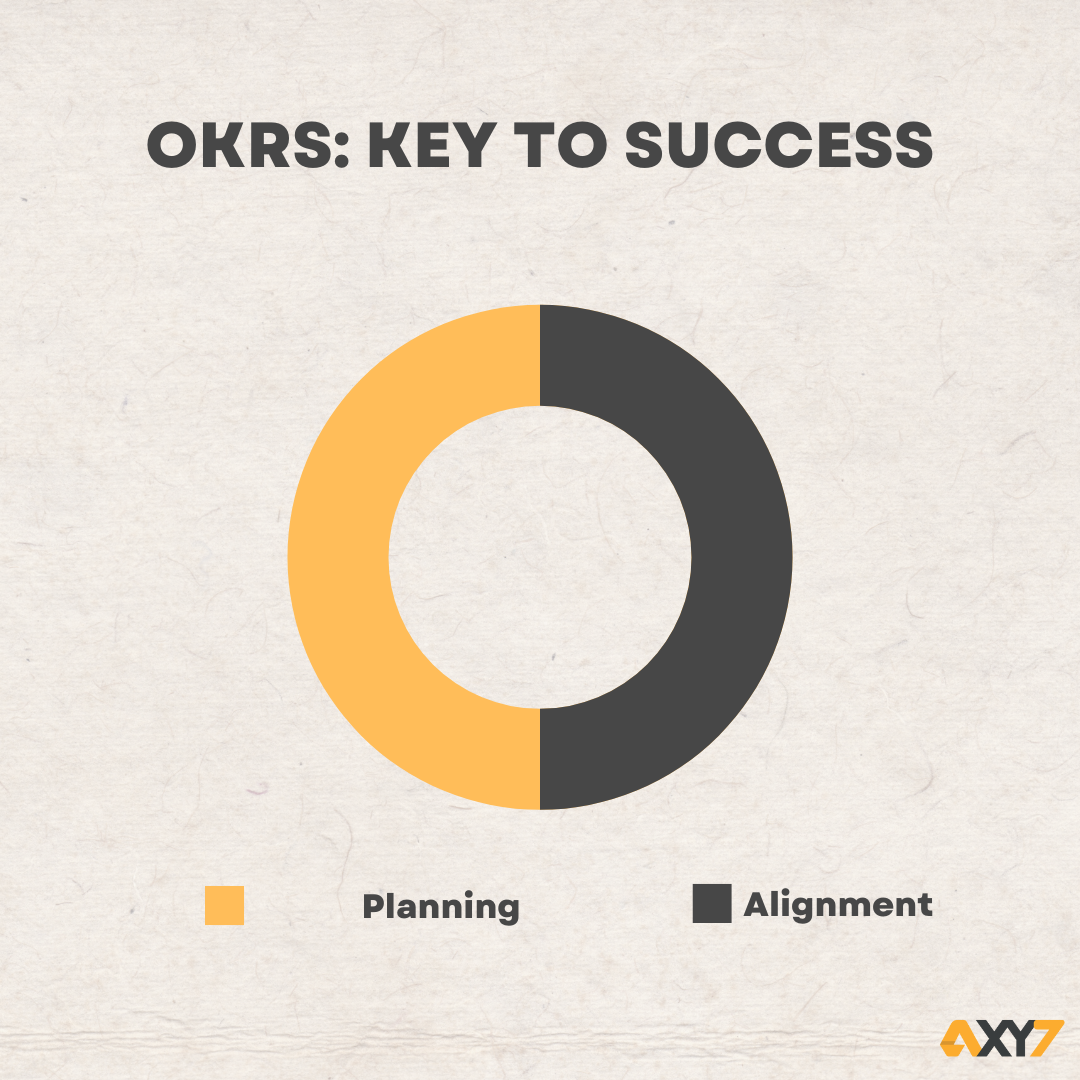Four tips to help make your OKR implementation successful
One of the most frequent questions about OKRs is why they should be used.
There are lots of examples of successful OKR methodology implementations, but let’s be honest – if you are Google or Twitter, you will have a lot more firepower than a mid or small-sized company.
People think that OKRs are a difficult mountain to climb, but we can assure you that you will succeed if you and your team are consistent.
There are lots of rules and strategies for success if you are just getting into OKRs, but most importantly, you and your team have to fully embrace this methodology and be consistent with it.
Here are four tips to help make your OKR implementation successful.
1) Create alignment and awareness
Applying the OKR methodology is a slow process that begins with its adoption first by the c-level, the management, and then the rest of the team.
Once top-level objectives are set, the real work begins.
As they shift from planning to execution, managers and contributors alike tie their day-to-day activities to the organization’s vision.
Cascading the OKRs makes the whole operation more coherent, but an ideal OKR system allows its contributors to set at least some of their own objectives and most, if not all of their key results. When our key results are defined by others, we don’t perform them as well.
2) Don’t panic, be patient
Leaders and executives almost always want fast results with OKRs, but the essence of OKRs is forming them into part of the company culture, which isn’t an overnight process.
However, once you reach that critical point where everyone has adopted them, your results will be amazing.
3) Embrace the OKR superpowers
John Doerr defined the OKR “superpowers” in his book “Measure What Matters”.
Superpowers, when used properly, go a long way towards addressing many of the challenges that Operations Managers face.
– Focus and Commit to Priorities: By dispelling confusion, OKRs give us the focus needed to win.
– Align and Connect for Teamwork: With OKR transparency, top-down alignment brings meaning to work, and bottom-up OKRs foster engagement + innovation.
– Track for Accountability: OKRs are kept in motion via periodic check-ins, objective grading, and continuous reassessment.
– Stretch for Amazing: OKRs motivate us and release our most creative, ambitious selves.
4) There is always help available
OKRs have been successfully implemented in many different organizations worldwide and while you can find lots of information and examples online to do the same in your organizations, you have a much better chance at successfully implementing OKRs by working with professional OKR consultants like Atruity or OKR Asia. Regardless, once your team has learned the OKR basics, then adopting them will be easier.
Besides, always remember to have an OKR Champion on your team. An OKR Champion should be a self-starter and a fast learner and should have the authority and responsibility to implement, run, and manage the OKR program.
If you want to successfully implement OKRs within your Salesforce CRM, our sales department can introduce you to the basics and all the Axy OKR app features while our 24/7 support team can assist you with the app implementation.
Check out Axy OKR on the Appexchange and take advantage of the free 30-day trial to see if it’s right for your business!



